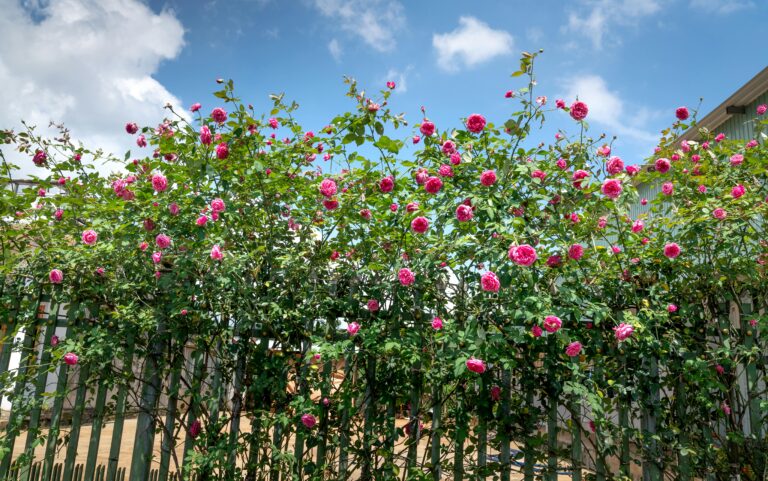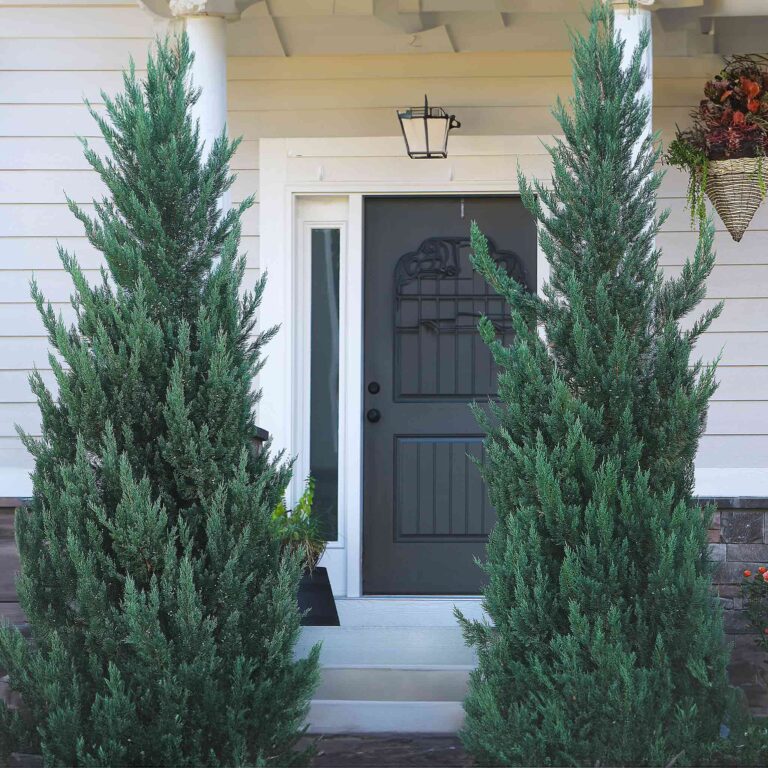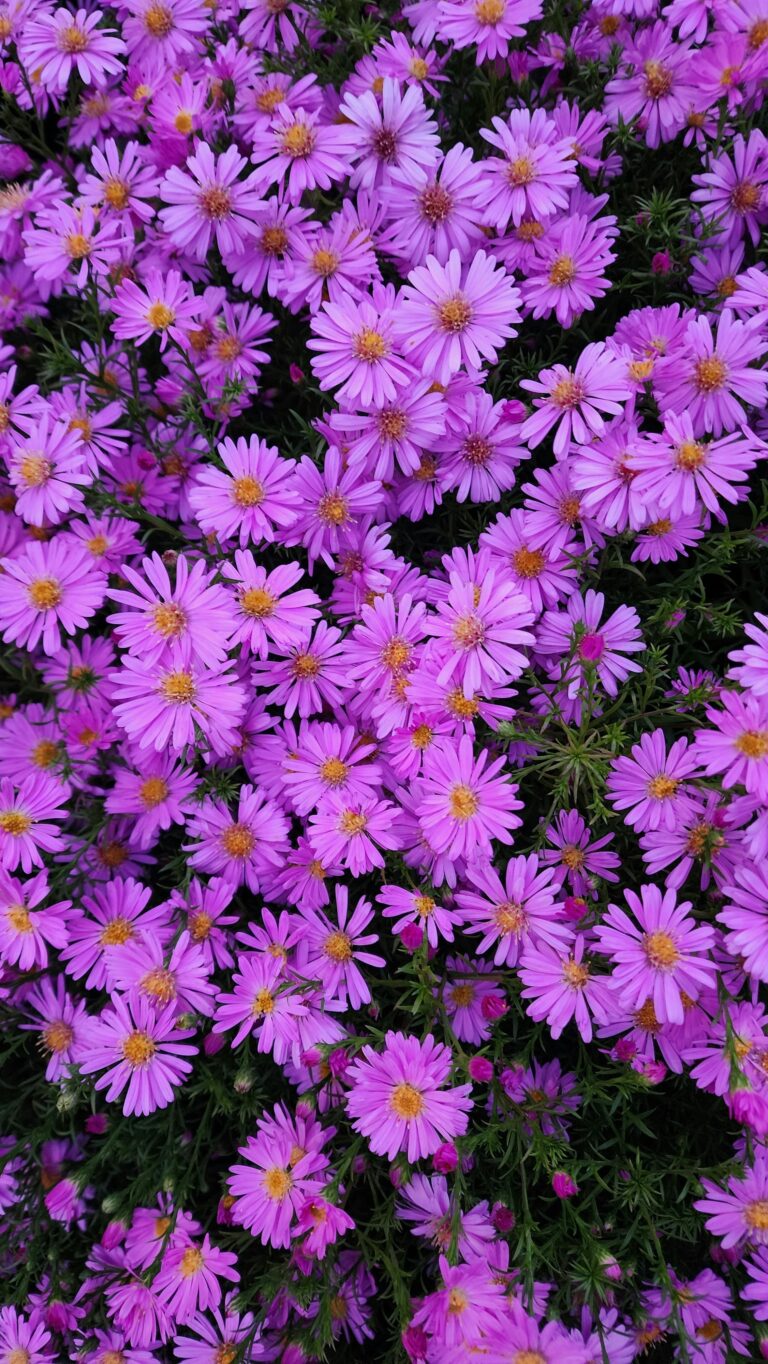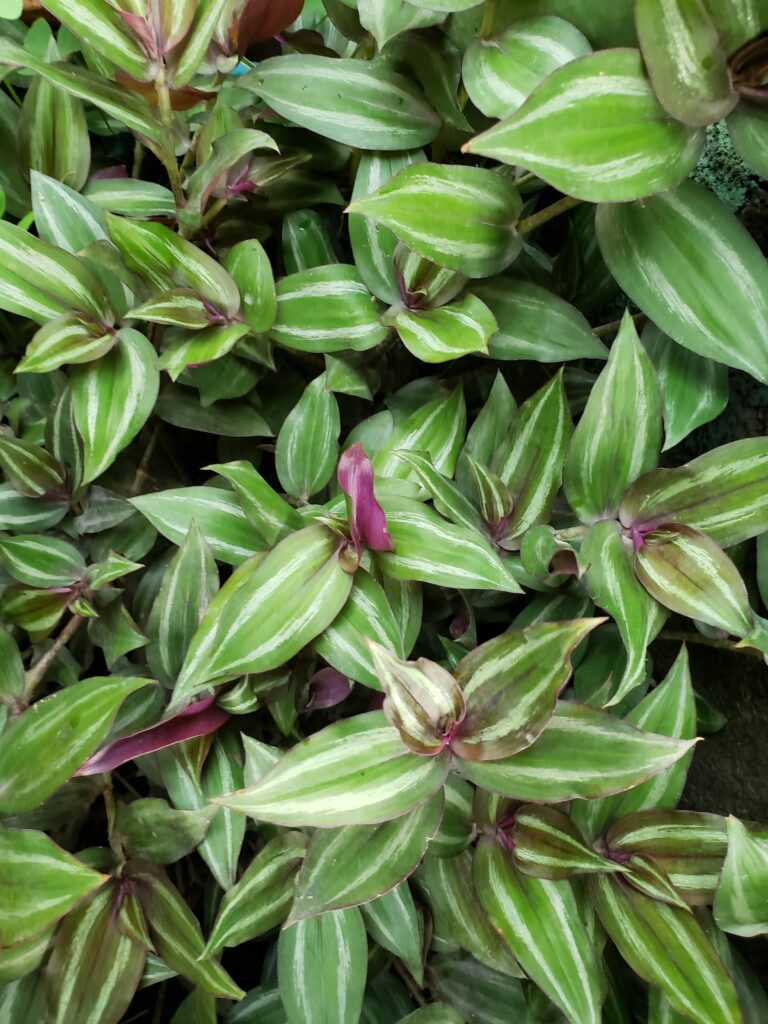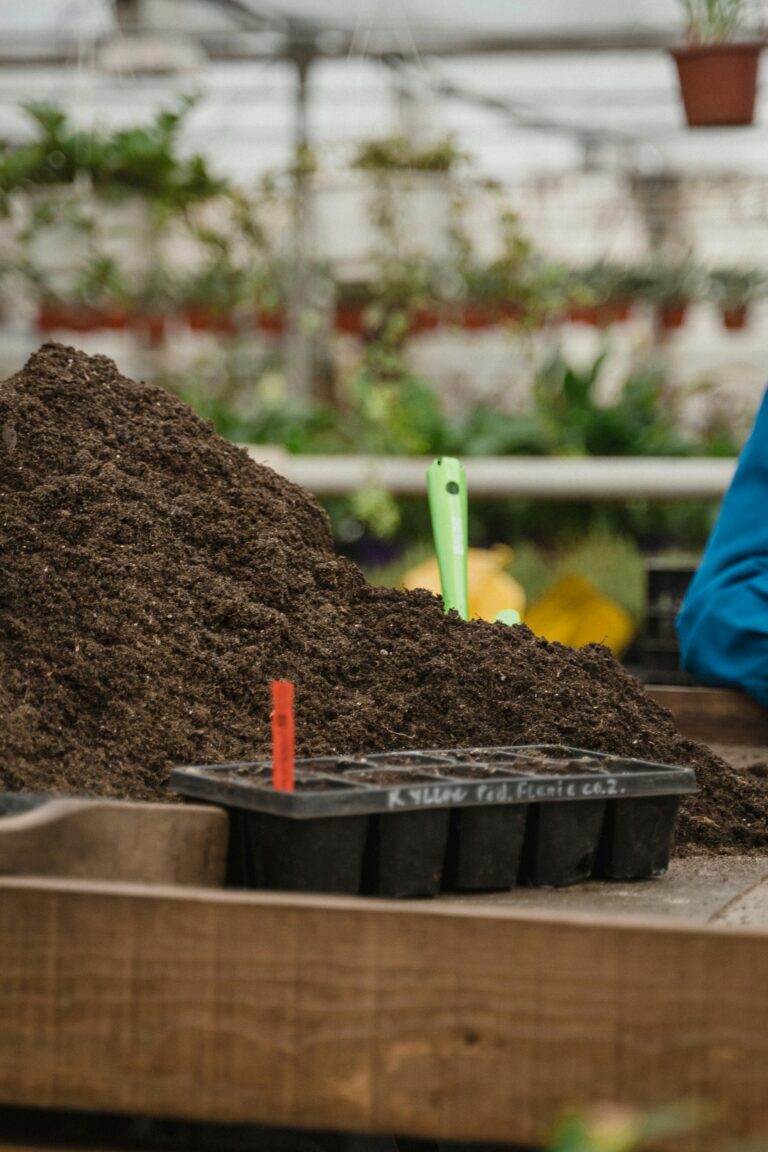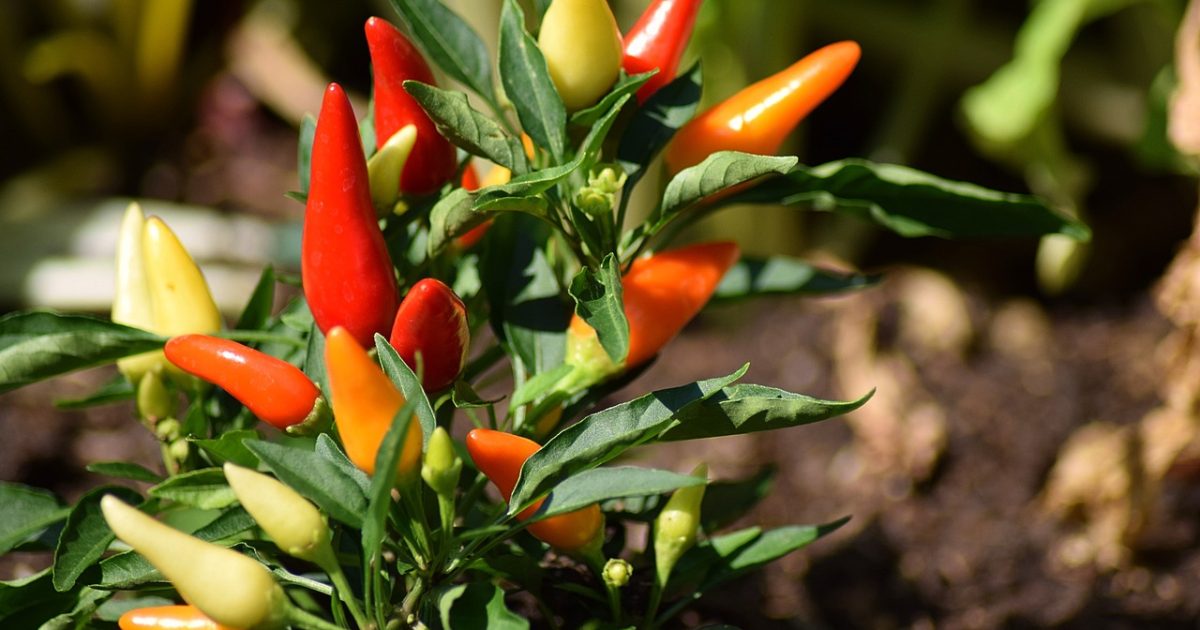
Ornamental Pepper: A Burst of Color and Spice for Your Garden
If you want a bold, vibrant pop of color in your garden or patio, ornamental peppers are an easy and eye-catching choice. Known for their bright, multicolored fruits, ornamental pepper plants add visual interest with minimal care. After 5 years of gardening, I’ve found that these little beauties not only bring fiery shades of red, yellow, and purple to my garden beds, but they also provide a unique texture that complements both flowering and foliage plants.
While ornamental peppers are typically grown for their looks, did you know their fruits are edible too? They pack some serious heat, so be careful! Let’s dive into how you can bring ornamental peppers into your garden to elevate its aesthetic and spice things up.
Why Grow Ornamental Peppers?
Ornamental peppers are a double-duty plant. Not only are they visually stunning, but they’re also tough and versatile. Whether grown in containers, hanging baskets, or directly in the ground, these plants thrive with little fuss and provide long-lasting color from summer into fall.
Their compact size, often ranging from 6 to 24 inches tall, makes them perfect for border edges, container gardens, or even as accents in your veggie patch. Plus, they’re relatively pest-resistant and drought-tolerant once established.
If you live in the US, especially in USDA Hardiness Zones 9-11, ornamental peppers can thrive outdoors year-round. In cooler zones, they can be grown as annuals or overwintered indoors.
Ornamental Peppers at a Glance
- Common Name: Ornamental pepper
- Botanical Name: Capsicum annuum
- Bloom Time: Mid-summer to fall
- USDA Hardiness Zones: 9-11 (grown as an annual in cooler zones)
- Sun Requirements: Full sun
- Soil Requirements: Well-draining soil, slightly acidic to neutral
- Height: 6-24 inches tall
How to Grow Ornamental Peppers
1. Planting Ornamental Peppers
Ornamental peppers are easy to start from seeds or purchase as transplants. If you’re starting from seed, plant them indoors about 6-8 weeks before the last frost. Seeds can take up to 2 weeks to germinate, so be patient. For those in warmer climates, you can sow seeds directly in the garden once all danger of frost has passed.
- Seed Depth: Sow seeds about 1/4 inch deep.
- Spacing: Space plants 12-18 inches apart, depending on the variety.
2. Location and Light Requirements
Ornamental peppers thrive in full sun, which means they need at least 6-8 hours of direct sunlight daily. If you’re growing them in containers, be sure to place them in a sunny spot, like a patio or deck.
If you’re in a particularly hot climate, they’ll appreciate a little afternoon shade to prevent scorching. These plants love warm temperatures, so they’re perfect for summer gardening.
3. Soil Needs
Peppers prefer well-draining soil that is slightly acidic to neutral (pH 6.0-7.0). If your soil is heavy clay or poorly draining, consider adding organic matter like compost to improve its texture and nutrient content.
If you’re growing ornamental peppers in containers, use a high-quality potting mix that drains well. This will ensure that the roots don’t become waterlogged, which can lead to root rot.
4. Watering
Keep the soil consistently moist but not soggy. Water your ornamental peppers when the top inch of soil feels dry. These plants do best with regular watering, but be careful not to overwater, as they can be sensitive to waterlogged conditions.
Pro Tip: Mulch around the base of the plant to help retain soil moisture and reduce the risk of water evaporation, especially during hot summer days.
Caring for Ornamental Peppers
1. Fertilizing
Ornamental peppers aren’t too demanding when it comes to feeding. Apply a balanced, slow-release fertilizer at planting time, and they’ll do just fine. For extra bloom and fruit production, you can supplement with a water-soluble fertilizer every 4-6 weeks during the growing season.
Pro Tip: Too much nitrogen can lead to lush foliage but fewer fruits, so stick with a balanced fertilizer that promotes both growth and flowering.
2. Pruning and Deadheading
Pruning isn’t usually necessary for ornamental peppers, but if you want to keep them compact and bushy, you can pinch off the growing tips early in the season to encourage branching. Once the fruits start forming, there’s no need to deadhead—just let those colorful peppers steal the show!
3. Pest and Disease Control
One of the great things about ornamental peppers is their resistance to pests. However, like all plants, they can sometimes fall victim to aphids or spider mites. A simple spray of soapy water or an organic insecticidal soap should keep them at bay.
To avoid fungal diseases, ensure good airflow between plants and water at the base to keep foliage dry.
Best Varieties of Ornamental Peppers
Ornamental peppers come in a variety of shapes, sizes, and colors. Here are some of my personal favorites for adding color and heat to the garden:
1. ‘Black Pearl’
This stunning variety has deep, almost-black foliage with shiny black fruits that mature to red. It’s a showstopper in any garden bed or container.
2. ‘Medusa’
Medusa peppers have upright, slender fruits in a riot of colors, from yellow to red. It’s perfect for adding vertical interest and bright colors to small spaces.
3. ‘Chilly Chili’
This variety offers a playful mix of orange, red, and yellow fruits. The best part? These peppers are non-spicy, making them a great choice for homes with kids.
4. ‘Sangria’
If you love a splash of color, Sangria is for you. Its bright purple, orange, and red fruits add drama to your garden, and the plant stays compact, making it ideal for containers.
Edibility: Can You Eat Ornamental Peppers?
Yes, you can eat ornamental peppers! While they are primarily grown for decorative purposes, they are indeed edible. Be warned, though—they pack some serious heat! Most ornamental pepper varieties have a fiery kick that’s much hotter than your standard bell pepper.
If you enjoy spicy foods, try using ornamental peppers in salsas, pickles, or even as a garnish. But if you’re not a fan of heat, these peppers are best left on the plant as eye candy.
Pro Tip: Always handle ornamental peppers with care when harvesting. Wash your hands thoroughly after handling to avoid any accidental burns from their potent oils.
Ornamental Peppers in Garden Design
Ornamental peppers are incredibly versatile in garden design. Here are some ways to use them:
- Borders: Line your flower beds with compact ornamental pepper plants for a burst of late-season color.
- Containers: Grow them in pots or hanging baskets for an easy, moveable splash of color on patios or balconies.
- Mixed Plantings: Pair ornamental peppers with flowering annuals like marigolds, zinnias, or petunias for a dynamic and colorful display.
- Cut Flowers and Decor: Ornamental peppers can even be used in floral arrangements or dried for autumnal décor.
Final Thoughts
Ornamental peppers are a fun, colorful addition to any US garden, especially if you want something that thrives with little maintenance. Their bright fruits, low water needs, and pest resistance make them a gardener’s dream. Whether you use them as a bold border plant, a container accent, or even a spicy culinary experiment, ornamental peppers will definitely spice up your garden—and maybe even your dinner table.
So why not give these fiery little plants a try this season? Happy gardening! 🌶️

